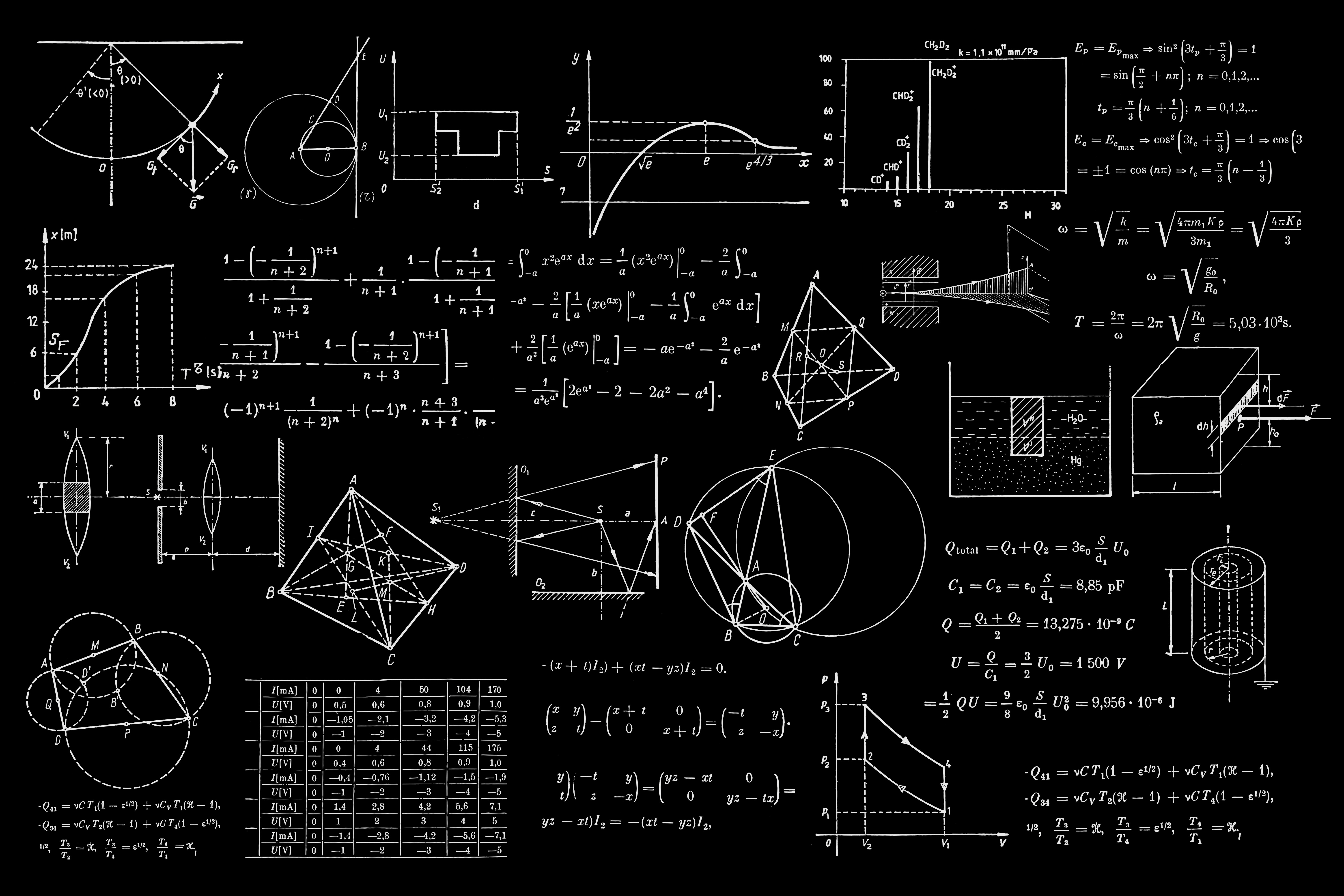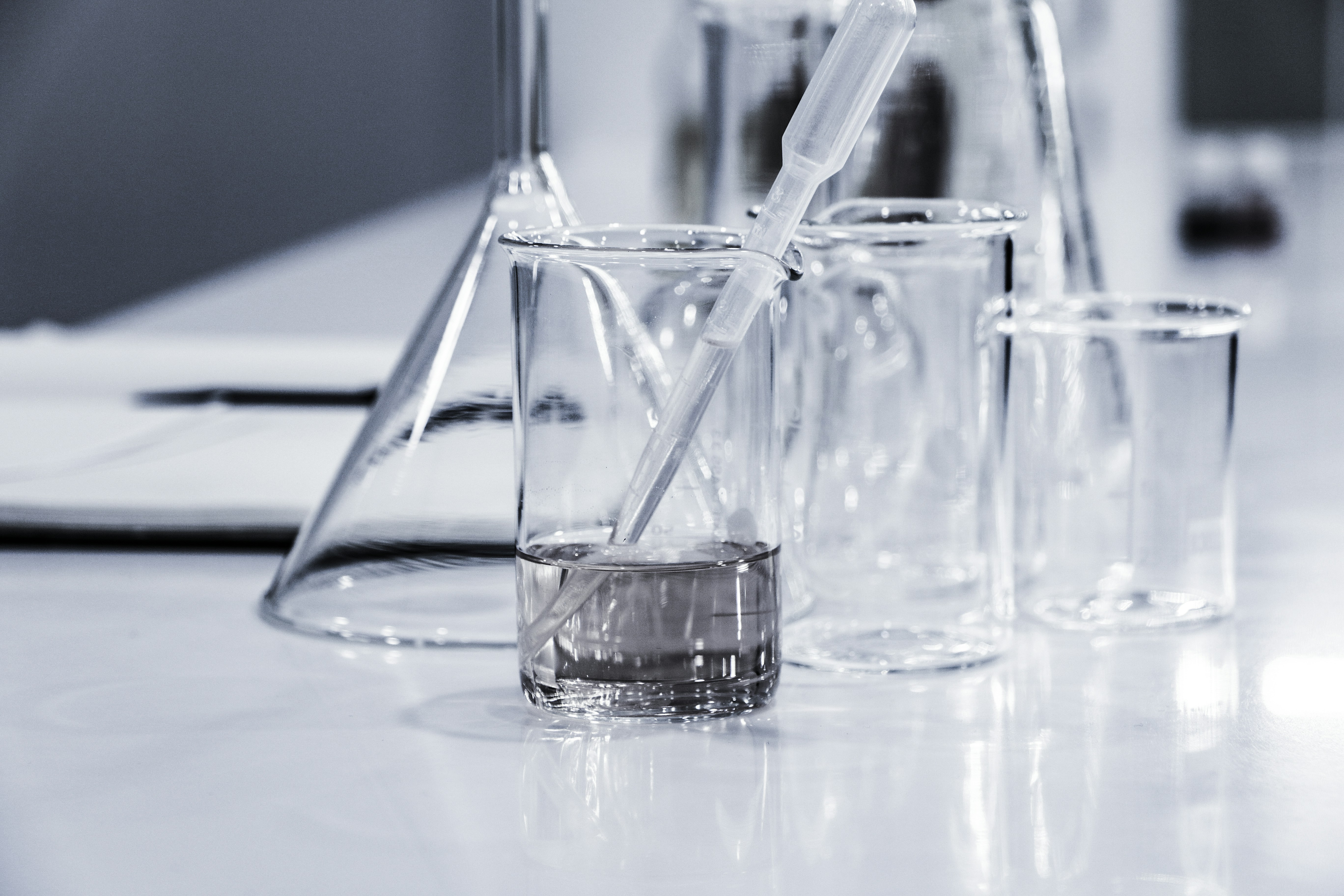Tiny Holes, Giant Leaps
How Micropunching Revolutionized Neuroscience
Article Navigation
The Brain's Hidden Map
Imagine trying to study New York City by analyzing blended sludge from its sewers. For decades, neuroscientists faced a similar challenge: understanding the brain by grinding entire regions into homogenized soup, losing all spatial resolution.
Enter Miklós Palkovits, a Hungarian neuroanatomist whose 1973 Brain Research paper—just two pages, no references—unlocked the brain's chemical geography. His "micropunch technique" used needles thinner than a human hair to extract specific nuclei, revealing how neurotransmitters like dopamine and serotonin map onto discrete neural circuits 1 4 . Forty years later, this method still fuels breakthroughs in Alzheimer's, Parkinson's, and COVID-19 neurology.

The Alchemy of Tiny Holes
The Punch Heard 'Round the World
Palkovits' method was elegantly simple yet revolutionary:
- Flash-freeze rat brains to preserve cellular chemistry
- Slice coronally into ultrathin sections
- Punch microscopic holes (250–1000 μm diameter) in nuclei like the paraventricular nucleus or habenula 1
- Analyze samples for neurotransmitters, peptides, or genes
This precision turned the brain from a "chemical fog" into a detailed atlas. Collaborating with Nobel laureate Julius Axelrod at NIH, Palkovits mapped catecholamine pathways, showing how dopamine circuits malfunction in Parkinson's 1 .
| Parameter | Whole-Brain Homogenate | Micropunch Technique |
|---|---|---|
| Spatial Resolution | Brain region (mm-cm) | Nucleus/subnucleus (μm) |
| Sample Neurons | ~10⹠| 4,600–290,000 6 |
| Key Applications | Bulk biochemistry | Circuit mapping, disease mechanisms |
Modern Evolution: From Needles to Lasers
Today's versions enhance Palkovits' vision:
Inside the Landmark Experiment: Mapping the Brain's Chemical Highways
Methodology: Surgery at Microscales
In Palkovits' foundational experiment:
Tissue Prep
Rats were anesthetized, brains flash-frozen at -80°C to lock molecules in place.
Cryosectioning
300 μm-thick slices cut at -20°C to avoid ice crystals.
Punching
Hollow stainless-steel needles harvested the paraventricular nucleus (PVN), a 0.5mm³ region controlling stress hormones 1 4 .
Biochemistry
Samples underwent radioenzymatic assays to quantify norepinephrine.
Results: The Birth of Chemical Neuroanatomy
Palkovits discovered norepinephrine was 50× more concentrated in the PVN than surrounding areas—proving neurotransmitters cluster in specialized hubs. This explained why stress responses could be locally modulated 1 .
| Brain Region | Neurotransmitter | Concentration (pmol/mg) | Function |
|---|---|---|---|
| Paraventricular Nucleus | Norepinephrine | 8.9 ± 0.7 | Stress response |
| Substantia Nigra | Dopamine | 12.3 ± 1.1 | Motor control |
| Locus Coeruleus | Serotonin | 6.4 ± 0.9 | Arousal/sleep |
Impact: From Rats to Humans
Palkovits extended his work to human brains, creating the first Human Brain Bank with microdissected samples. This allowed linking dopamine loss in the substantia nigra to Parkinson's pathology—a cornerstone of modern treatments 1 .
Micropunching Today: Fighting Disease with Precision
COVID-19 and the Brain
During the pandemic, micropunching revealed how SARS-CoV-2 invades the brain. Researchers punched the medulla (governing breathing) and found viral RNA in endothelial cells near microglia .
Growing Brain Parts
ETH Zurich's breakthrough grew 400+ neuron types from stem cells by applying morphogen combinations identified via micropunch data 2 .
Learning and Plasticity
UC San Diego used micropunch-derived samples to prove neurons follow multiple plasticity rules during learning 3 .

The Legacy of a Thousand Punches
Palkovits, now celebrating his 90th birthday, published over 1,000 papers using his technique. Nominated twice for the Nobel Prize, his work underpins critical advances:
- Brain Banks: 40+ global facilities archive micropunched samples
- Therapies: Dopamine replacement for Parkinson's, based on his mapping
- New Frontiers: Studying the brain's "glymphatic" waste system in Alzheimer's 9
"Miklós taught us that to understand the universe in our heads, we must first chart its stars—one tiny hole at a time" 1 . In an era of AI and organoids, the brain micropunch technique remains neuroscience's unsung hero—proving that sometimes, the smallest tools reveal the grandest truths.